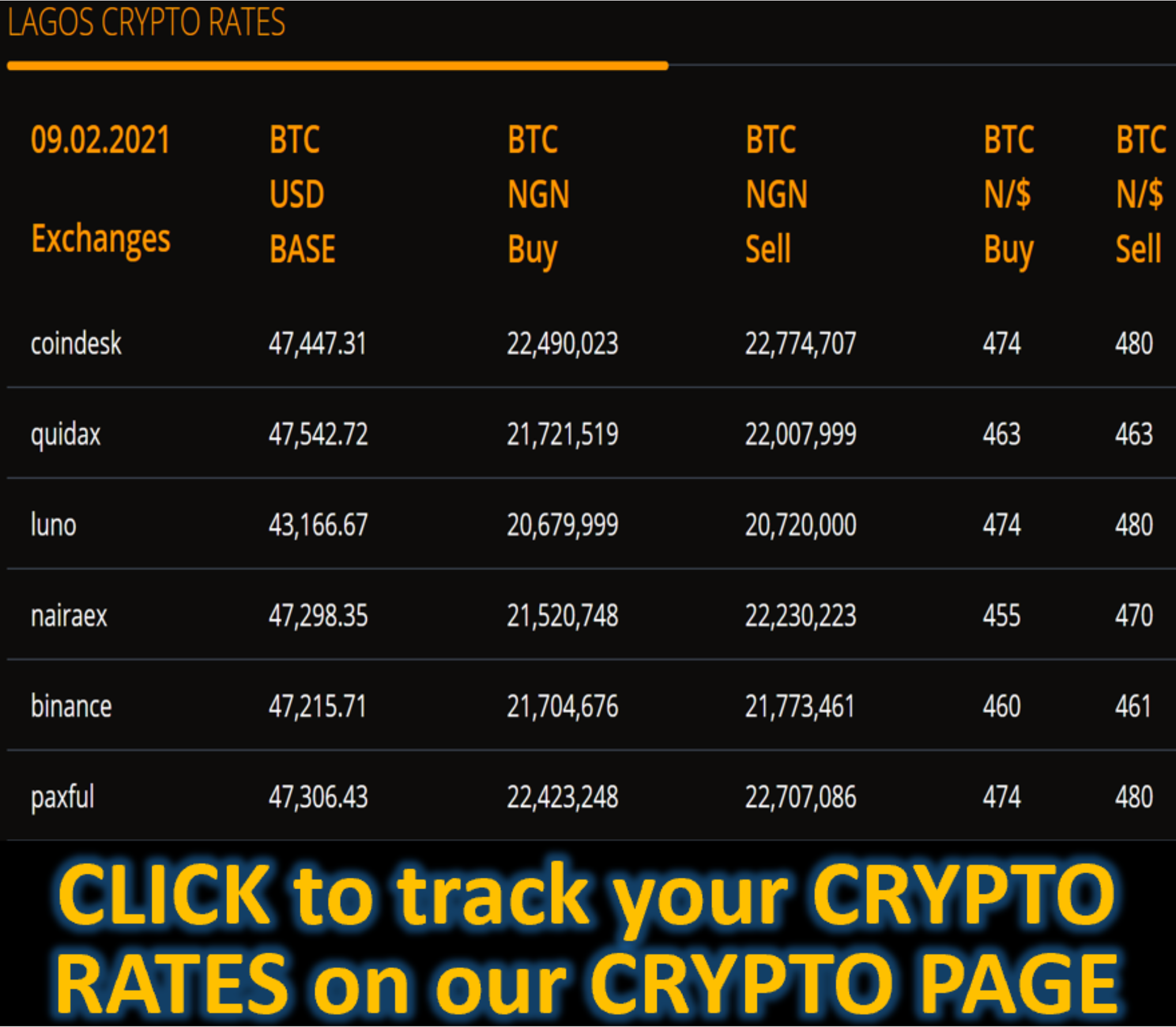Market News
Dollar drops as Powell signals possible September rate cut - REUTERS
The dollar fell on Friday after Federal Reserve Chair Jerome Powell pointed to a possible rate cut at the central bank’s September meeting but stopped short of committing to such a move.
The dollar index, which measures the greenback against a basket of currencies including the yen and the euro, was last down 1.1% on the day at 97.58, after trading around 98.7 before Powell’s comments.
The euro gained 1.2% to $1.1739. Against the Japanese yen, the dollar weakened 1.2% to 146.62.
“While the labor market appears to be in balance, it is a curious kind of balance that results from a marked slowing in both the supply of and demand for workers. This unusual situation suggests that downside risks to employment are rising,” Powell said.
“And if those risks materialize, they can do so quickly,” he told an audience of international economists and policymakers at the Fed’s annual conference in Jackson Hole, Wyoming.
Karl Schamotta, chief market strategist at Corpay in Toronto, said Powell’s message was far more dovish than markets had anticipated.
“The dollar is plunging, odds on a September rate cut are rising and market participants are clearly bracing for more easing to come,” he said.
Traders are now pricing in 91% odds of an interest rate cut at the Fed’s September 16-17 policy meeting, up from 72% earlier on Friday, according to the CME Group’s FedWatch Tool. They are also pricing in 56 basis points of cuts by year-end, up from 48 basis points.
Traders had been raising their expectations for a cut in September after an unexpectedly weak jobs report for July. Consumer price data showing limited inflation increases from tariffs so far added to the view.
But hotter than expected producer price inflation and some other economic releases, including a strong business activity survey for August, had led them to temper their view.
Now, labor market data is expected to be the main driver of Fed policy going forward.
“What he’s really saying there is that they are bracing for a pivot in labor market conditions and that the second half of the Fed’s mandate has suddenly become much, much more important in terms of defining policy settings,” said Schamotta.









